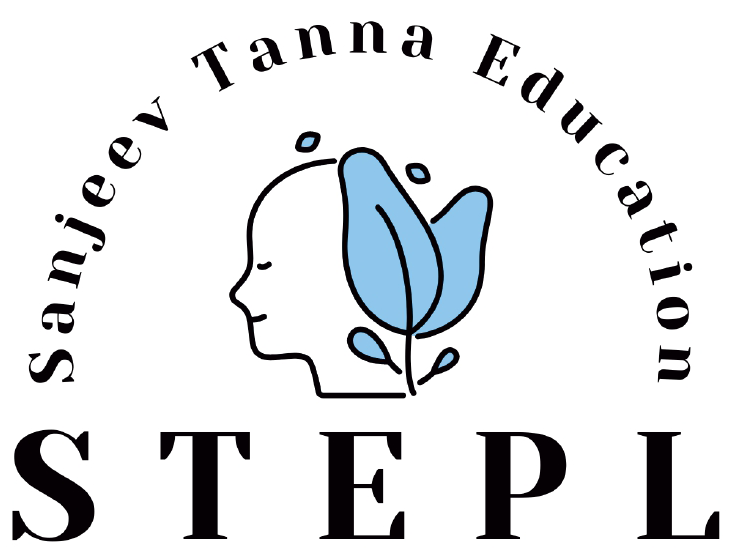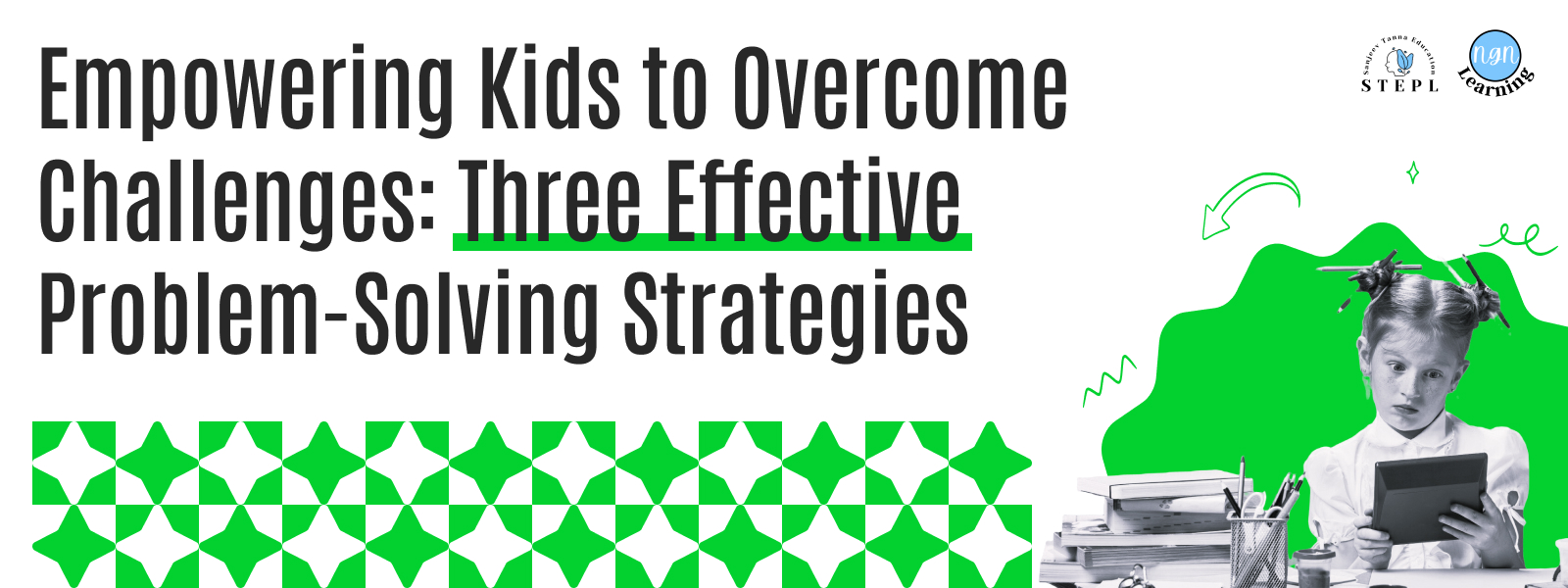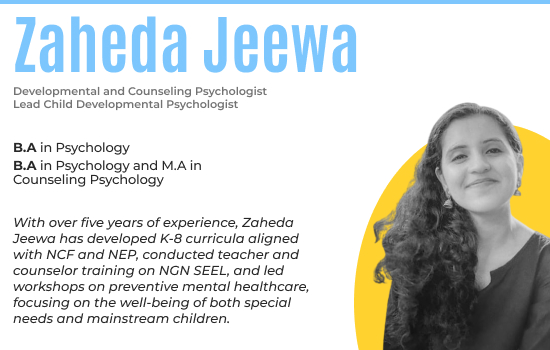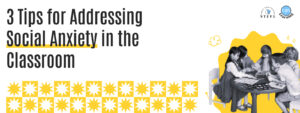Empowering Kids to Overcome Challenges: Three Effective Problem-Solving Strategies
Every child faces challenges, whether they are academic, social, or personal. Equipping children with problem-solving skills is essential for their development and future success. Renowned psychologist Albert Bandura once said, “People’s beliefs about their abilities have a profound effect on those abilities.” This statement underscores the importance of nurturing children’s confidence and competence in overcoming obstacles.
Problem-solving is the process of identifying solutions to specific issues and implementing them effectively. It involves critical thinking, creativity, and resilience. Students may encounter various problems at different stages of their development:
- Social Problems: Sharing toys, making friends, dealing with teasing.
- Emotional Problems: Managing feelings of frustration or sadness.
- Cognitive Problems: Learning new concepts, and following instructions.
- Academic Problems: Completing homework, and understanding new material.
- Social Problems: Navigating peer pressure, and dealing with bullying.
- Practical Problems: Organizing time, and remembering responsibilities.
- Academic Problems: Preparing for exams, managing workload.
- Social Problems: Handling relationships, and dealing with peer pressure.
- Personal Problems: Making decisions about the future, managing stress and emotions.
When students lack problem-solving skills, they can experience a range of negative outcomes:
- Increased Stress: The inability to handle challenges leads to higher stress levels.
- Lower Academic Performance: Difficulty overcoming academic hurdles can result in poor grades.
- Poor Social Skills: Struggling with social problems can lead to isolation and poor relationships.
- Decreased Confidence: Repeated failures without strategies to cope can erode self-esteem.
- The “Stop, Think, Act” Strategy
- Stop: Teach children to pause and calm down when they face a problem. This helps them avoid impulsive reactions.
- Think: Encourage them to identify the problem, consider possible solutions, and weigh the pros and cons of each.
- Act: Guide them to choose the best solution and put it into action. Afterwards, discuss what worked and what didn’t to reinforce learning.
- Role-Playing
- Simulation: Create scenarios that mimic real-life challenges. This helps children practice problem-solving in a safe environment.
- Discussion: After the role-play, discuss what strategies were used and how effective they were. This reflection helps internalise problem-solving techniques.
- The “IDEAL” Model
- Identify the problem: Clearly define the issue at hand.
- Define goals: Determine what the desired outcome looks like.
- Explore possible strategies: Brainstorm a variety of ways to solve the problem.
- Act on the best strategy: Choose the most effective solution and implement it.
- Look back and learn: Review the process and outcome to understand what was successful and what could be improved.
By teaching these strategies, we empower children to handle challenges independently. Developing strong problem-solving skills not only helps them navigate immediate difficulties but also prepares them for future obstacles, fostering resilience and confidence.
In conclusion, equipping children with effective problem-solving strategies is crucial for their overall development. By teaching them how to “Stop, Think, Act,” engage in role-playing, and use the “IDEAL” model, we can help them face challenges head-on and build a foundation for lifelong success. Remember, as Bandura highlighted, believing in their ability to overcome challenges is the first step towards mastering them.













